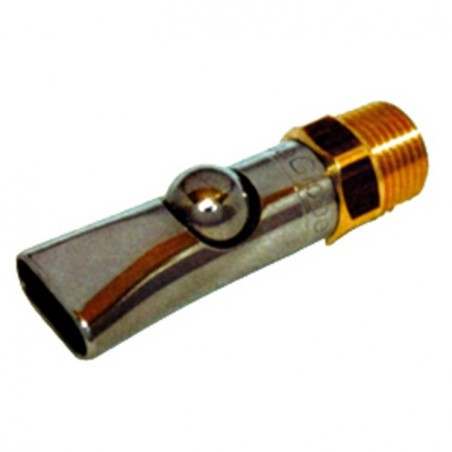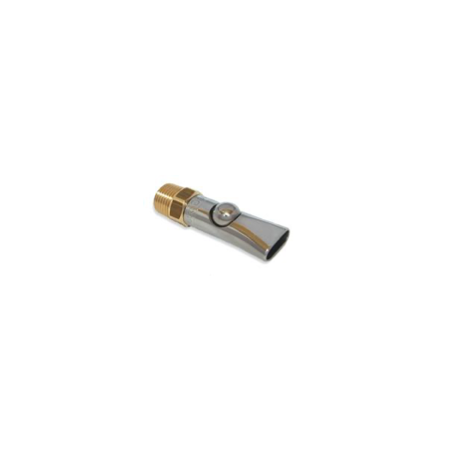Two trials were conducted to evaluate performance and carcass traits of partial replacement of a cereal-soya bean based diet by “mayonnaise” (33.2% DM, 1.0% CP, 73.8% EE, 0.0% CF) or “nuts meal” (96.5% DM, 16.5% CP, 56.3% EE, 2.9% CF). In the first trial one hundred eighty pigs (28.0 ± 3.5 kg) were randomly assigned to 10 pens (18 pigs/pen). Two diets were assigned to five pens each; (i) a control diet (CTR) without “mayonnaise” and (ii) an experimental diet with a 7.75% of “mayonnaise” (MAH) on a fresh basis. Both diets were formulated with the same sort of ingredients to be isoenergetic (3.430 Kcal EM/kg), isoproteic (18.6% CP) and isoamino- acidic (1.12% Total Lys). The trial lasted 4 weeks. In the second trial, the same animals were used after 4 weeks of wash-out with a cereal-soya bean control diet. This second trial started at 65.9 ± 8.9 kg of body weight. Each pen was assigned to one of two dietary treatments: (i) a control diet (CTR2) without “nuts meal” and (ii) an experimental diet with 10% of “nuts meal” (NUT). Both diets were formulated to contain 3.320 Kcal EM/kg, 17.5% CP and 0.99% Total Lys. The trial also lasted 4 weeks. Body weight was recorded at the beginning and at the end of each trial and average daily feed intake (ADFI) was estimated by weighting feed disappearance. After the end of the second trial, pigs were slaughtered in a commercial slaughterhouse where carcass weight and lean meat percentage with AutoFom were recorded.
Supplementing the diets with both food industry by-products, did not affect (P>0.05) either average daily gain (ADG), ADFI or feed conversion (FC) in any trial. In trial 1, ADG was 618 and 607 g/d (SEM= 33), ADFI was 1.689 and 1.667 g/d (SEM= 126) and FC was 2.74 and 2.76 (SEM=0.239) for CTR and MAH, respectively. In trial 2, ADG was 812 and 773 g/d (SEM= 37), ADFI was 2.291 and 2.275 g/d (SEM= 237) and FC was 2.82 and 2.95 (SEM= 0.318) for CTR2 and NUT liquid diet, respectively. Dressing percentage was 75.05% vs. 75.32% (SEM= 2.75) and lean meat percentage was 61.30% vs. 61.06% (SEM= 2.65), were also unaffected by the treatment.

Although performance and carcass traits were unaffected by the inclusion of the by-products in the diets; according to the actual market prices of feed ingredients, the economic benefits due to a reduction in feed cost was about 13.1% (0.10 €/kg growth) with MAH and 9.0% (0.10 €/kg growth) with NUT.
Sol, C., Castillejos, L. and Gasa J. 2014. Using by-products from food industry to liquid feed growing pigs. Proceedings of 6th European Symposium of Porcine Health Management. Page 157. Abstract.





